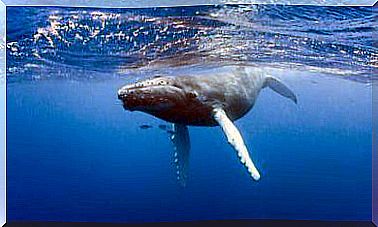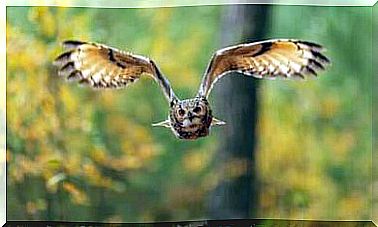The Liverpool Pigeon: Habitat And Behavior
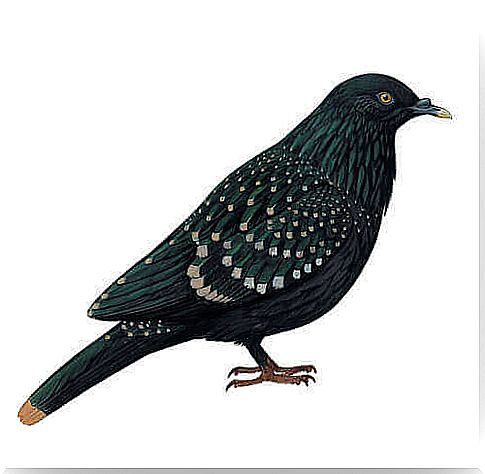
The Liverpool pigeon is one of the most mysterious birds among the many species that have become extinct over the past 500 years. The green and white speckled pigeon was first mentioned in the book A General Synopsis of Birds (1783) by the naturalist John Latham. Today the only specimen preserved dead belongs to the collection of the Liverpool World Museum (WML). Because of this, the bird is often referred to as the Liverpool pigeon .
The scientific name of the Liverpool pigeon
The Liverpool pigeon got its scientific name Caloenas maculata from Johann Friedrich Gmelin in 1789. It belongs to the order of Columbiformes, which also includes pigeons, lovebirds and similar species.
The genus Caloenas is one of the 35 genera of the subfamily Columbina e, which consists of three species:
- Caloenas maculata: The Liverpool pigeon, extinct and of unknown origin.
- Caloenas canacorum: The New Caledonia pigeon, which is also extinct. She lived in New Caledonia and Tonga.
- Caloenas nicobarica: The Nicobar pigeon, the only species still alive today. It lives in the entire area of Indonesia, which extends from the Andamans to the Solomon Islands. The Nicobar pigeons live mainly on small, remote islands.
The relationship between the Liverpool pigeon and the dodo
The subfamily Raphinae also belongs to the Columbidae family . The former includes two extinct species of birds, both of which are very famous:
- The genus Pezophaps : The Rodrigues solitaire ( Pezophaps solitaria ) is an extinct species that was endemic to the island of Rodrigues (Mauritius). This remote island in the Indian Ocean is one of the Mascarene Islands. The Rodrigues solitaire failed to fly and died out in 1760.
- The genus Raphus : This is the emblematic and extinct dodo (Raphus cucullatus) . He, too, was a flightless bird that lived on land and was endemic to the island of Mauritius. This island is located in the Indian Ocean, around 900 kilometers from Madagascar.
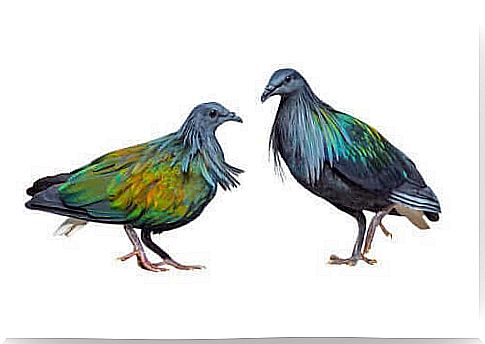
Characteristics of the Liverpool pigeon
As we have already mentioned, there is only one (dead) specimen of the Liverpool pigeon left today. Based on this specimen, experts have attributed the following general characteristics to the species.
- The Liverpool pigeon was approximately 32 centimeters long and had a wingspan of 35 centimeters.
- The neck plumage consisted of long feathers. The entire bird was a deep dark brown with a nice bottle green tinge. It also had cream-colored, sequence-like spots on its wing feathers and on its back.
- In addition, the bird had a black beak with a yellow tip. And at the end of its tail it had a pale streak. Its wings were relatively short.
- The physical characteristics of the Liverpool pigeon suggest that it lived primarily in trees. This distinguishes them from the Nicobar pigeon, which is mainly on the ground.
Possible causes of their extinction
The Liverpool pigeon may have been threatened with extinction when the Europeans reached their home range. Their disappearance was likely due to excessive hunting and animal threats introduced by Europeans in the 1820s.
Geographical distribution
Unfortunately, it is not known where the specimen in the World Museum Liverpool came from. But most likely this species was native to the Pacific area, as this was the main area in which foragers were active.
The copy belonged to the collection of Mayor Davies (approx. 1737–1812), an army officer and topographical painter interested in birds. Although he never visited the Pacific, he was in contact with Australian collectors who might have the specimen in their possession.
Therefore, experts believe the bird came from an island somewhere in the South Pacific, probably from Tahiti (French Polynesia). In 2008 BirdLife International added the Liverpool pigeon to its list of extinct bird species.
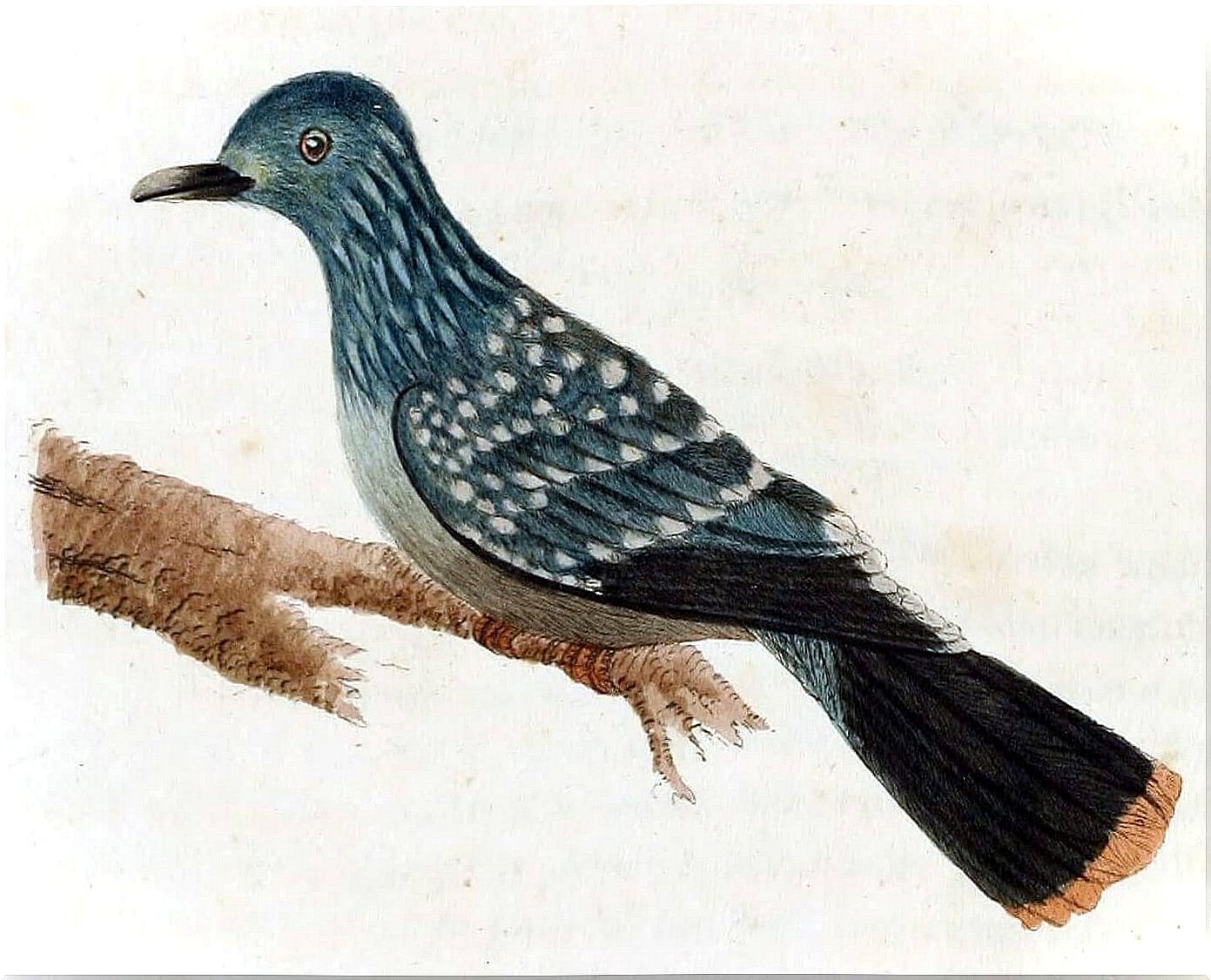
The Liverpool pigeon debate
Today there is a historic debate about the Liverpool pigeon. While some speculate about the exact island it lived on, others argue that it is not a species in itself. According to this group, the Liverpool pigeon was rather a young Nicobar pigeon (Caloenas nicobarica) .
To solve the puzzle of the green and white speckled pigeon , a group of researchers at Griffith University took DNA samples from the Liverpool specimen.
According to their findings, the Liverpool pigeon belonged to a different taxon. In addition, the study confirmed that this animal was closely related to the Nicobar pigeon. Ultimately, the DNA analysis grouped this animal into the Columbidae family, which also includes the dodo (Raphus cucullatus) .
As you can see, DNA testing improves our ability to identify new species based on historical remains. This research helps us to better understand the extinction of local populations as well as entire species.


